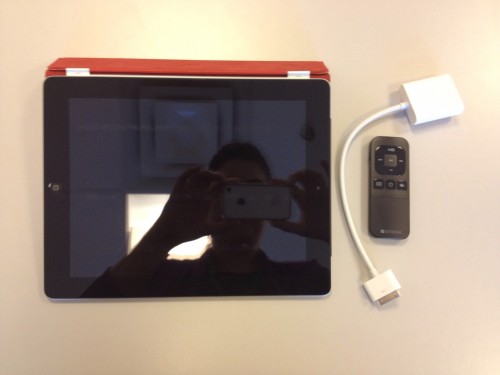Ask any newly minted PhD who is working as an assistant professor and they will have the same answer for what keeps them up at night … the TENURE portfolio! Of course, this is not the only thing that keeps us up at night (insert manuscripts, conference papers, students, and committees here!) but it does weigh on the psyche quite a bit as you prepare to “go up” for tenure.
To lighten this psychic load, I undertook an academic portfolio workshop this past summer and it was a fabulous experience. The teaching center at TCU offers a course for tenure-track faculty with limited spots available each summer and I was lucky enough to score a spot during the June sessions. Here is basically how it goes …
1) You sign up to participate during a week that is convenient for you with a mentor that seems to fit your situation (Hint: I think it is best to sign up for a mentor completely outside of your area of expertise so you are forced to explain yourself more thoroughly … kind of like you will have to do for the tenure board!)
2) You complete a “Getting Started” guide that outlines all of your accomplishments to date including research, teaching, and service and share that with your mentor before your first meeting.
3) Your portfolio coaching week then starts on a Monday and you meet with your mentor for three hours each day for four days – it is intense, time-consuming, and tiring … but, it lets you talk through each portion of your career and how it relates back to why you are doing what you are doing. Each day you talk about a different topic – i.e., Monday is teaching, Tuesday is research and so on. By the end of the week you have an extensive outline that highlights the BEST work you have done to date with explanations of why you are proud of it!
4) At the close of the workshop you are sent off to create your portfolio. One of the best parts of creating this style of portfolio – it CANNOT be more than 15 – 20 pages of text (excluding appendices). This style forces you to concentrate on the activities and accomplishments that are MOST important to you as an academic. Instead of throwing everything and the kitchen sink into your tenure portfolio you create a concise, focused document that truly highlights who you are as a teacher, scholar and member of the community (WOW).
The process of creating this style of academic portfolio takes between 20 – 30 hours of your time and is documented in this book:
The Academic Portfolio: A Practical Guide to Documenting Teaching, Research, and Service by Peter Seldin and J. Elizabeth Miller (@ Amazon for $30.24)
I highly recommend going through this process if you are struggling with the idea of getting your tenure materials together. Luckily for me, my university encourages this portfolio format and, thanks to this program, I have a head start on getting my materials together. Tenure is a big, stressful deal – having your materials in order and ready to go will no doubt make the process less intense.
And, finally, a shout out to my incredible faculty mentor Dr. Melanie Harris (total bad-ass in the TCU religion department) – thanks for all of the support!

